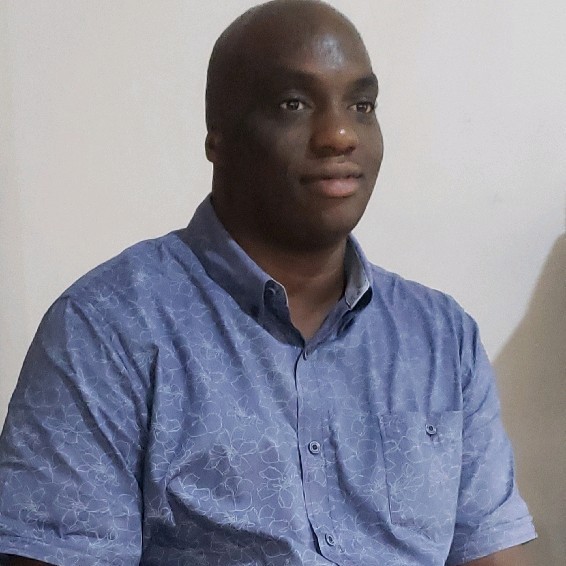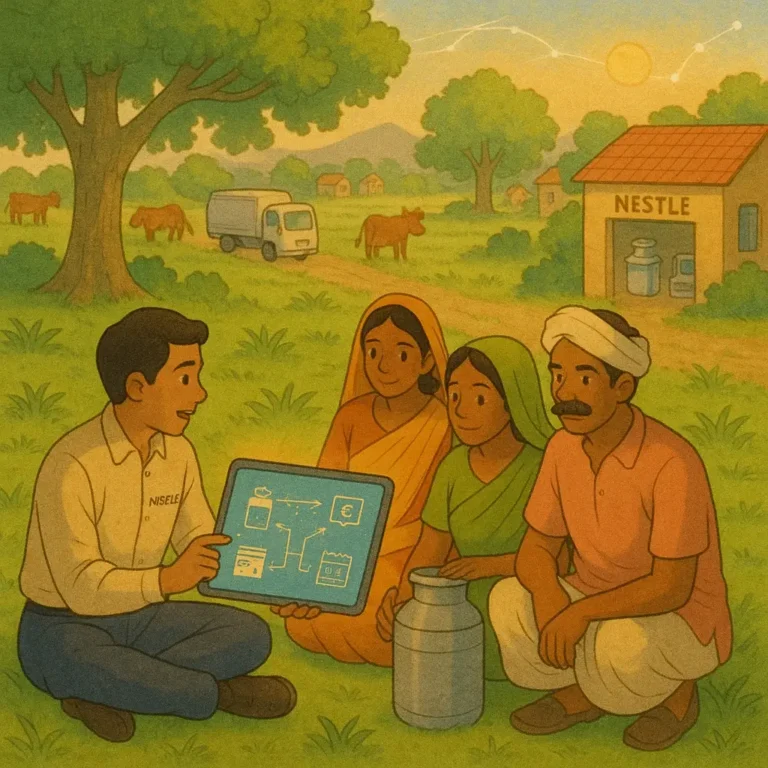
One of the common challenges you will hear from foreign businesses and global supply chains operating in Africa is poor access to skilled labor. Now, whether the statement is correct or not is a different matter. One thing is certain: Huawei’s supply chain operations in Africa proved that a talent pipeline can be developed.
This article focuses on Huawei’s supply chain operations in Africa and how it ensured success by training hundreds of thousands across the continent.
Huawei’s Supply Chain Talent Problem in Africa
Even as a global telecom and technology giant, Huawei’s supply chain in Africa faced major hurdles when it expanded in the late 1990s. One of which was access to local talent on the continent. The company’s supply chain plans required people who could build and maintain advanced networks and devices, but the local workforce was not “skilled enough” for these tasks.
To navigate the problem, Huawei initially hired many foreign experts, inadvertently raising costs and creating delays. It wasn’t long before the company realized the move was not sustainable; years later, it faced the repercussions. Rules in certain countries added more pressure, some governments set high requirements for local employment, and import laws also posed problems.
For example, A 2020 audit by the South African government found that 90% of Huawei’s South African unit employees were foreign, far above the legal limit of 40%, prompting government action. In 2018, Algeria introduced an import ban on fully built phones to protect its trade balance. Both scenarios served as a wake-up call.
Huawei had to change its hiring plans to avoid penalties. The cheapest path forward was to train and hire locally to get its supply chain going.
Despite other problems, such as unreliable power supply and a generally poor infrastructure, the shortage of well-trained staff remained the largest concern. The company had projects in over 50 African nations. Delays caused by a lack of local expertise meant lost revenue and missed deadlines.
Huawei responded by creating training programs and forging links with universities, hoping to equip students with key technical skills.
Read more: Lessons From The Success of Toyota’s Assembly Plant in Kenya.
Localized Training, Partnerships, and On-The-Ground Infrastructure.
Huawei built its supply chain operations in Africa by focusing on talent. The company established specialized training centers in Nigeria, Kenya, Egypt, South Africa, Angola, the DRC, Tunisia, and Morocco. These centers gave local engineers and contractors direct experience with Huawei’s telecom systems.
Records show that by 2014, Huawei trained about 12,000 people across Africa each year through these programs. These efforts addressed the lack of technical skills and reduced the cost of hiring foreign talent. And it wasn’t only Huawei’s supply chain that benefited from this move. Local subcontractors and partner companies have reaped the rewards as well.
As workers gained more expertise, their firms were able to provide higher-level services to Huawei’s supply chain operations or independently enter the wider telecom marketplace.
Huawei is currently investing in academic collaboration, teaming with universities under the Huawei ICT Academy program. Over 250 universities in 14 sub-Saharan African nations have signed up. In Uganda, over 2,000 students earned Huawei ICT certifications, giving them a direct advantage for technology jobs.
Huawei sponsors competitions, like the Huawei ICT Competition, and a “Seeds for the Future” program to expose top students to advanced network systems. Its LEAP Digital Talent Development Program trained over 120,000 people in sub-Saharan Africa over two years, surpassing its target. Encouraged by these results, Huawei pledged to train another 150,000 individuals by 2027.
Read more: How Volkswagen’s Supply Chain Navigated Global Chip Shortage.
Huawei’s Supply Chain Brought Physical Logistics Operations Closer to Clients
Aside from human capital, regional technical support hubs in cities like Nairobi and Lagos allow the company to collaborate more closely with local partners and users. Huawei holds managed services contracts in Kenya and Nigeria, relying on local subcontractors to run mobile networks.
By training these subcontractors in its methodology, the supply chain scales more rapidly while bringing stable business and more skills to the region. The arrangement supports local economies and broadens Huawei’s supply chain reach across diverse areas in Africa. Localizing supply chain infrastructure has been a major part of Huawei’s approach in Africa.
A prominent example is Johannesburg’s “Green Intelligent Warehouse” logistics hub, measuring around 14,000 square meters. It uses modern automation, including Automated Guided Vehicles, to pack and dispatch telecom equipment. This hub system means customers can get parts faster. If global shipping slows, on-site supplies in Africa keep networks going.
In Algeria, Huawei created a local assembly line to avoid import rules that limited finished phone imports. Within a year, its share of the Algerian smartphone market increased, driven by a faster local supply chain.
Huawei discovered that depending on foreign hires raised expenses. Training local staff reduced these costs and led to quicker solutions on the ground. A strong pool of workers who understood the region delivered results in less time. A wide talent base also allowed expansion without repeated recruiting drives.
1. Create Your Own Talent Pipeline
Huawei’s strategy of building local talent in Africa has strengthened its supply chain by making it faster and more adaptable. Training over 120,000 Africans in two years is not just about the numbers; it also increased the company’s ability to handle multiple projects simultaneously in many nations.
Locally trained engineers solve network problems or install new hardware without waiting for overseas staff, cutting delays and saving money. All of which optimized supply chain operations.
African supply chain managers can take a cue from this: investing in staff training (from technical certifications to management skills) pays off in greater operational agility. Moreover, employees with local knowledge can navigate on-the-ground challenges (geography, language, customs regulations) far better, preventing bottlenecks.
A more skilled workforce is essentially an insurance policy for the supply chain. As Huawei’s Sub-Saharan Africa President noted, the progress in talent development “would not have been possible without the joint efforts” of public and private stakeholders.” This implies that companies can collaborate with governments and educators to build the necessary skills base.
2. Localize Parts of The Supply Chain
Huawei’s supply chain success in Africa relies on local partnerships and subcontractors. The company teaches local firms how to deliver and maintain its technology, letting Huawei scale up quickly while these partners handle final tasks. This shared effort spreads the workload and builds local ownership.
Subcontractors can grow into advanced tech businesses, increasing demand for Huawei’s equipment and expertise. By sharing knowledge, Huawei also reduces errors, making its supply chain more dependable. In countries like Uganda, the prime minister praised Huawei’s skill training, which boosts local development and provides Huawei with an ongoing talent pool.
Supply chain managers in Africa should note the dual benefits here: local infrastructure sidesteps delays from international shipping and customs and signals commitment to the market (which can improve client trust and government relations).
3. Adaptation to Local Conditions Increases Supply Chain Reliability
Huawei reshaped its supply chain in Africa by creating solutions for real local needs. It introduced solar-powered telecom gear in places with little or no electricity, cutting costs for diesel generators. In Nigeria, Huawei used RuralStar technology, which made building rural mobile towers cheaper and simpler.
When Algeria banned the import of ready-made phones, Huawei opened a local plant and trained local engineers to keep product quality high. No doubt, these steps cost money initially, but in the long run, the company was able to save more by reducing risks and building a steady supply chain.
The lesson is to view each challenge—unreliable roads, tough import rules, or energy shortages—as a chance to innovate and stand out.
Read more: Inside Dangote Cement’s fleet operations success.

Obinabo Tochukwu Tabansi is a supply chain digital writer (Content writer & Ghostwriter) helping professionals and business owners across Africa learn from real-world supply chain wins and setbacks and apply proven strategies to their own operations. He also crafts social content for logistics and supply chain companies, turning their solutions and insights into engaging posts that drive visibility and trust.







